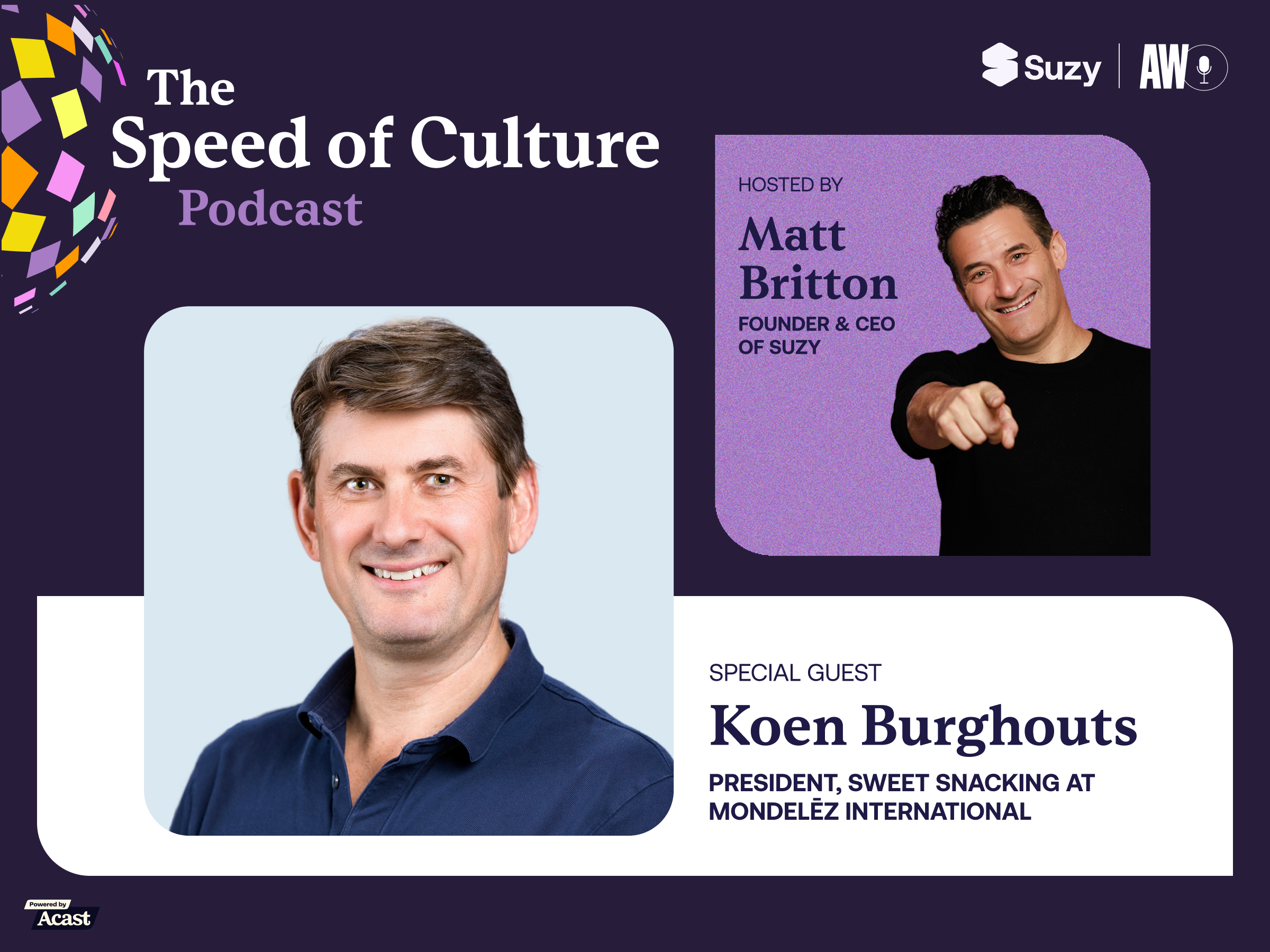In-home usage testing (IHUTs) is a method of testing that enables consumers to use your product from the comfort of their own home, office, backyard, or wherever it is meant to be used. Based on their experiences, you’re able to gather valuable, in-depth insights and real-time feedback you can quickly act on—ensuring your products are as optimized as possible.
IHUTs typically apply to physical products intended for use at home. These include consumer goods across categories that include food and beverage, health and wellness, home appliances, and cleaning products.
Why use IHUTs?
With IHUTs, you’re able to uncover unique observations rooted in how your products are actually used in day-to-day situations. By curating product insights from your consumers’ own homes, artificial influences are no longer a factor in your market research.
For example, if you’re testing how consumers experience a new ready-to-eat meal product, you’ll see exactly how the product is used in a wide variety of kitchens with an IHUT. Whether some participants have barely functional microwaves or a limited space for preparing meals, this method shows how your product performs outside of a controlled environment.
Additionally, you can map out the entire customer experience, from unboxing to usage, and identify the all-important moments of truth that define your consumers’ impression of your product.
- Where was the product easy to use?
- What were the pain points?
- Was the user experience intuitive?
You can gather enough data to make strong conclusions about your product in a well-designed IHUT. Through qualitative and quantitative insights, you can confidently make valid, generalizable claims. For example, if 80% of your IHUT participants report that your product effectively helped them solve a problem, you can turn this datapoint into a marketing claim: 4 out of 5 consumers found the product easy to use.

Who uses IHUTs and when?
IHUTs help product teams, researchers, development teams, and marketers as a key tool for any stage of the product development cycle. Product teams conduct IHUTs to validate prototype versions of products with real consumers. These tests can generate improvement points or measure product likeability before full launches. For example, you might notice that a new product has confusing instructions only when reviewing consumer survey results from an IHUT. You use these observations to create more user-friendly guidance on how to use your products.
Sensory teams use IHUTs as well to understand how consumers experience the product. Does it taste, smell, sound, and feel good? Would increasing the saltiness or sweetness of a food product make it more appealing? Is the smell overwhelming or pleasant? Answering these types of questions enables you to re-work your product to your target audience’s tastes.
Marketing teams perform market research through IHUTs for more valid data about how a product is actually used. Through live unboxing tests, you can capture immediate reactions and directly understand how your consumers approach your packaging and design. You can also gather reliable data to build your marketing claims on.

How do you use IHUTs?
You can be on your way to conducting IHUTs with a few simple steps.
1) Recruit participants from your target audience
It’s important to select your participants carefully to make sure they match your target audience. After all, it’s their insights you want to collect and use in product development and marketing. Fortunately, Suzy recruits for you—just let us know who you need to target and we’ll handle the rest.
2) Send your product to participants’ homes
Once your participants have agreed to take part, you can send your products to their homes with instructions. These should clearly inform them about what they should do with the product, including where to store it and when they should open the package. Suzy sends all of your products to our fulfillment center, where we take care of repackaging and shipping to your participants.
3) Decide how you’ll gather feedback and collect data
You can collect data through qualitative or quantitative methods including observations (remotely), surveys, focus groups, or in-depth interviews (IDIs). These can occur in real-time or after participants use your product, and your insights vary based on the method you choose and your research goals.
Before collecting data, design strong questions to find out critical information. Ask your participants whether the product is easy to use or solves a problem, whether they’d want to use it going forward, or if anything stands out for the wrong reasons. You can develop questions that target product likeability, package appeal, first impressions, satisfaction levels, and usage intentions in broad surveys.
Alternatively, you can use focus groups and IDIs for gathering rich, detailed information. If you plan to observe your participants, start with clear instructions. Will you be observing participants unboxing and using your products in real-time? You can conduct this research remotely for efficiency at a low cost. It’s generally best to combine methods for an optimal balance of quantitative and qualitative data.
Suzy can help you design IHUTs suited to your specific needs. You can start with qualitative observations and live unboxing with a small group of precisely targeted consumers to gather rich insights. Then, you can follow it up with a large-scale survey of over 250 participants to validate your findings—or start with a survey and then delve into video IDIs (in-depth interview) and quality focus groups to investigate emerging trends.
4) Follow up with participants later or through retargeting
While IHUTs capture immediate usage information, you may want to follow up with participants on whether, how, or how often they use your product well after completing your initial research.
For example, when testing a new shaver, you may have glowing reviews and feedback from an initial IHUT after the first use. But, it’s important to catch whether consumers’ opinions change over time due to wear and tear. How frequently do consumers use it? Does it still perform well even after significant use?
Suzy provides you with a distinct advantage here. You can carefully select and retarget the same consumers with follow-up questions days, weeks, or months later to understand how their opinions, experiences, or impressions change over time.
.webp)







